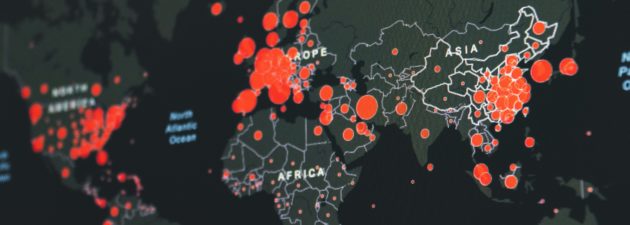Reminder of portfolio management strategies
We have already written a great deal about central banks, and we will return to the subject again in this monthly report. On the subject of monetary policy, the borderline between forward-looking analysis and repetitive rhetoric has now been reached. The Swiss National Bank’s (SNB) surprise start to the cycle of key rate cuts does not revisit the subject (the SNB’s decision is also motivated by a problem of overvaluation of the Swiss franc), or even the fashionable thesis that the ECB could finally cut rates before the FED. The duration of a longer-than-expected pause, which has been our scenario since last year, has now been taken on board by the markets. Additional volatility would come from an acceleration in the timing and pace of the downturn. With this in mind, we are comfortable with our ‘cruising’ duration of 4.










